A Look at the Dodge Hornet GLH Concept Namesake – the Omni GLH and GLH-S
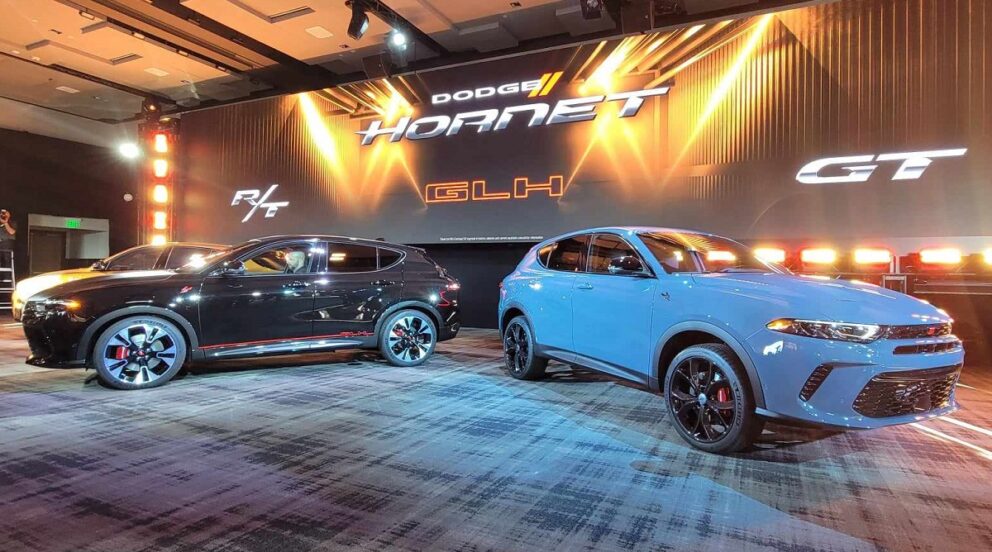

When Dodge introduced the world to the Hornet, the GT and R/T production models were joined on the stage by the GLH Concept. The GLH Concept borrowed its name from the Dodge Omni performance models of the 1980s and during the introduction of the sporty concept model, the Omni GLH and GLH-S were both referenced. However, it quickly became apparent that many modern Dodge fans were unfamiliar with the wonders that were the Shelby-derived Mopar® hatchback of the 1980s; so as the Hornet continues to grow in popularity, we wanted to give everyone a look back at the
Omni that lent a portion of its name to the modern era.
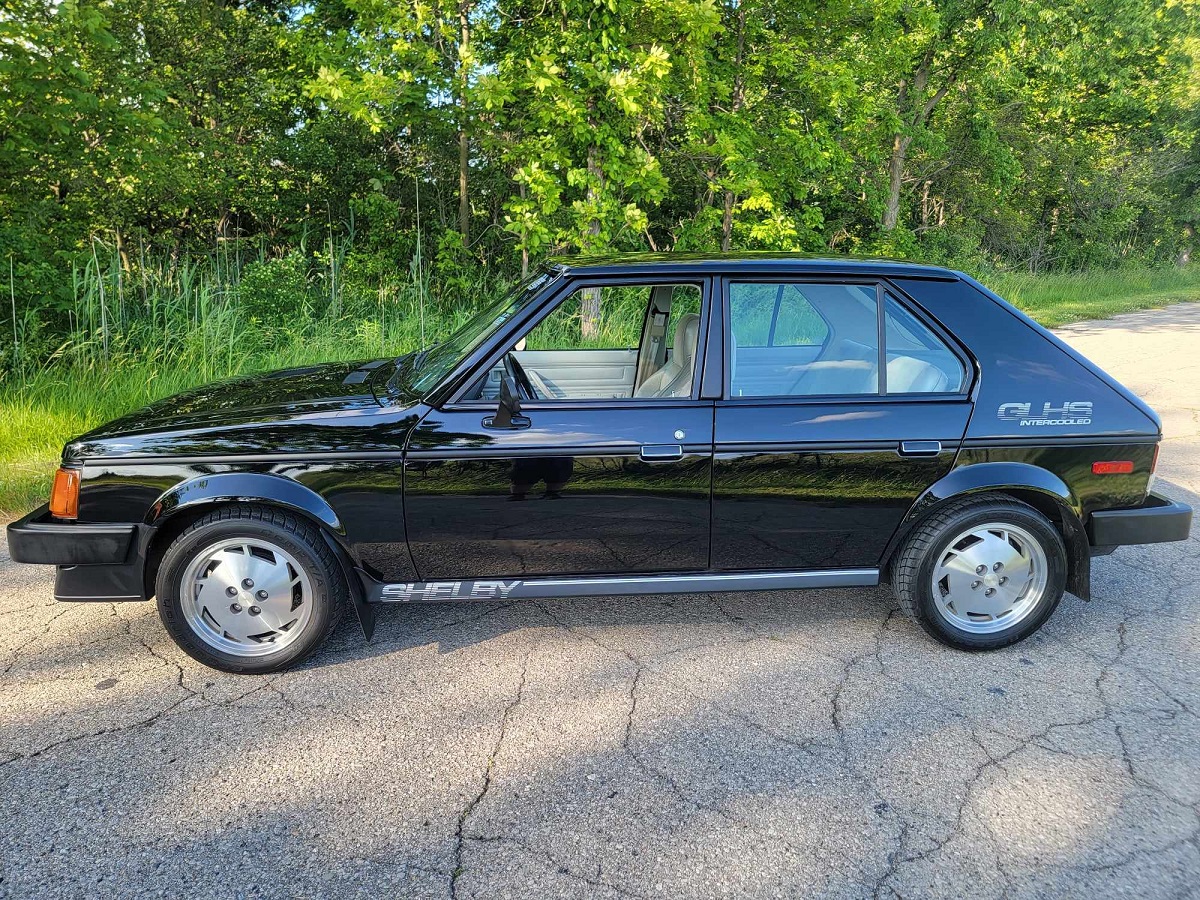
For those readers who are completely unfamiliar with the Dodge Omni GLH models, they were first introduced for 1984. At a time in American automotive history when V8s were seemingly falling from grace, Ford and Chevrolet were dabbling with smaller engines for the Mustang and Camaro, but Dodge went a totally different route. Rather than trying to make a fuel-friendly, rear-drive muscle/pony car like their cross-town rivals, Dodge focused on their front-wheel-drive lineup. These cars were smaller, lighter and were designed to operate with a small engine. The Omni and the other Chrysler Group vehicles built on the then-modern front-drive chassis were popular, but they were far from being performance cars. That was where Mr. Carroll Shelby got involved. At first, Shelby helped jazz up the front-wheel-drive Charger, but then some of the upgrades to the Charger were applied to the Omni.
The upgrades to the Dodge Omni included the 2.2-liter High Output naturally aspirated engine with 110 horsepower, a stiffer suspension setup, bigger brakes, a quicker ratio steering rack and 15-inch aluminum wheels. The exterior designers added some black exterior trim and black bumpers, a pair of fog lights in the lower front fascia and a set of fairly subtle decals that announced the name of this unique model – GLH. Carroll Shelby offered up this acronymic name, stating that this sporty compact Goes Like Hell.
Around that same time, Dodge introduced a turbocharged version of the 2.2-liter engine that offered 142 horsepower. Initially offered in the Dodge Charger, that boosted engine became available for the 1985 Omni in the GLH Turbo (GLH-T) model with146 horsepower. The 1985 GLH also gained sportier aero bits and a hood vent to give the car a sportier appearance. The GLH/GLH-T remained relatively unchanged for 1986.
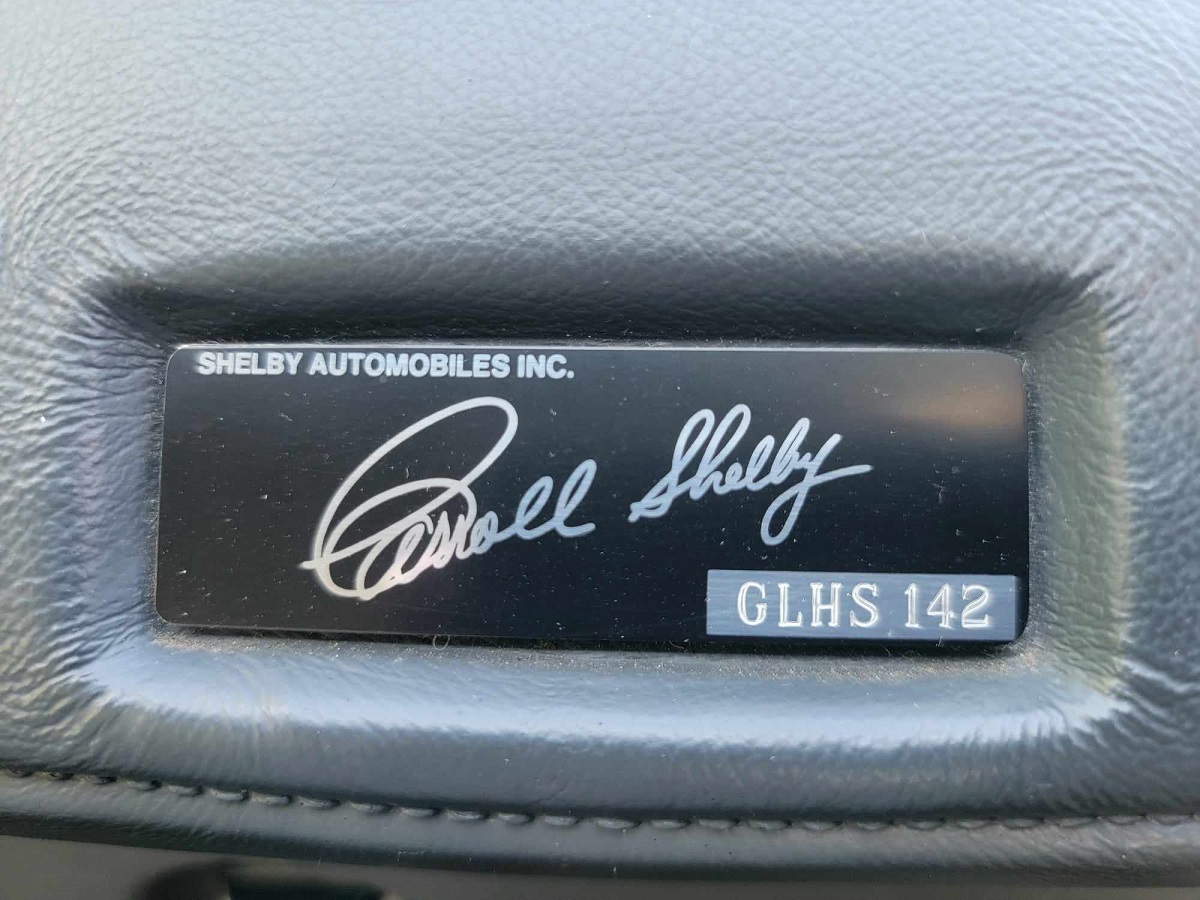
Also during the 1986 model year, Carroll Shelby purchased 500 Omni GLH-T models from Dodge and had them shipped to his shop in California. While there, they were further modified to create the GLH-S, which stood for Goes Like Hell S’more. These modifications included an intercooler, a larger turbocharger, a larger throttle body, specially prepared intake and exhaust manifolds, a better cooling system, an even sportier suspension system and larger tires on Shelby-designed wheels. The GLH-S package was completed with unique Shelby badging on the windshield, rockers, C-pillar and rear end. This configuration yielded 175 horsepower in a vehicle that weighed just over 2,200 pounds, leading to a horsepower to weight ratio of about 12.5 pounds per horsepower. For comparison, the competitive V8-powered muscle cars in 1986 had power-to-weight ratios in the 15-17 range, giving the Dodge Omni GLH-S a pretty significant advantage.
Sadly, Carroll Shelby only built the GLH-S for that one year, but those hot hatchbacks built for 1984, 1985 and 1986 cemented the Omni’s place in American automotive history.
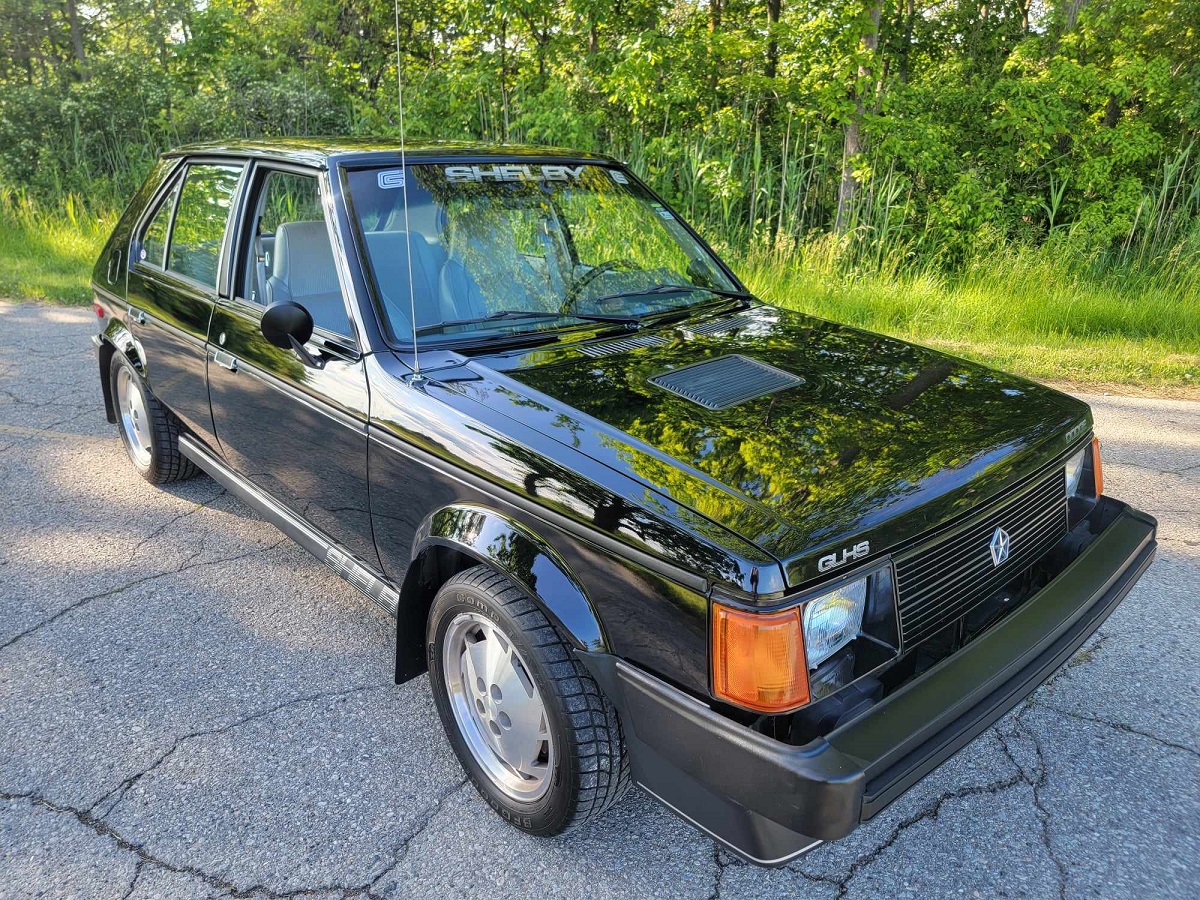
Due to the fact that only 500 examples of the Dodge Omni GLH-S were built for the single model year, they have become pretty rare in the modern collector’s world. Anthony Prior of Michigan is fortunate enough to own one that is still in like-new condition, and he provided the images here along with some input on his 1986 Omni GLH-S.
Anthony Prior’s Dodge Omni GLH-S
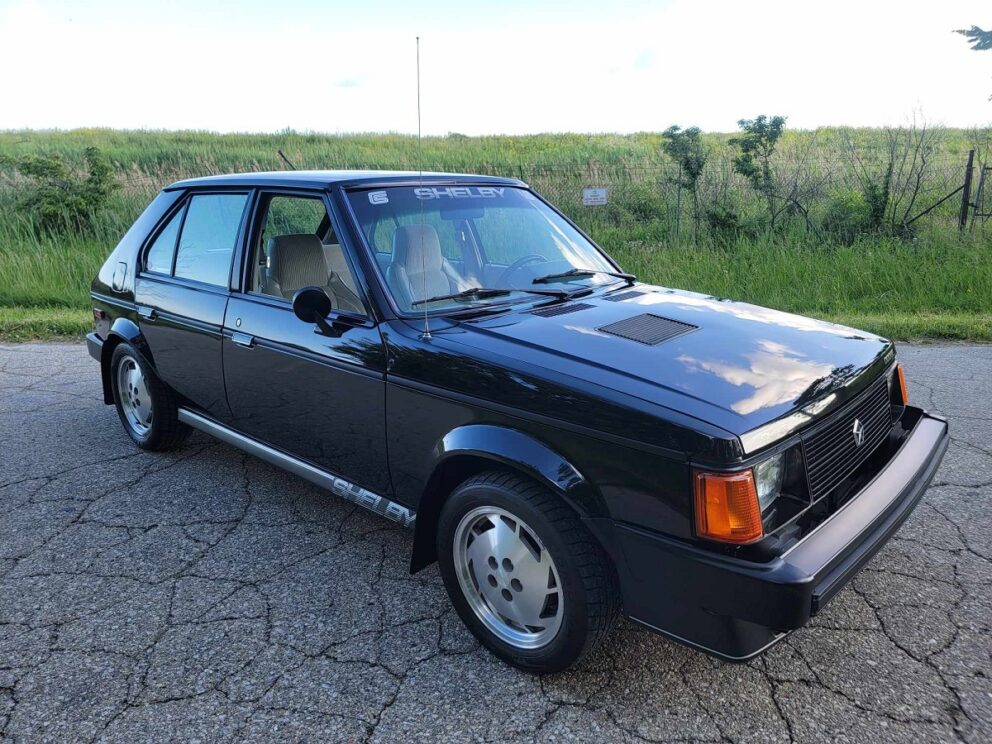
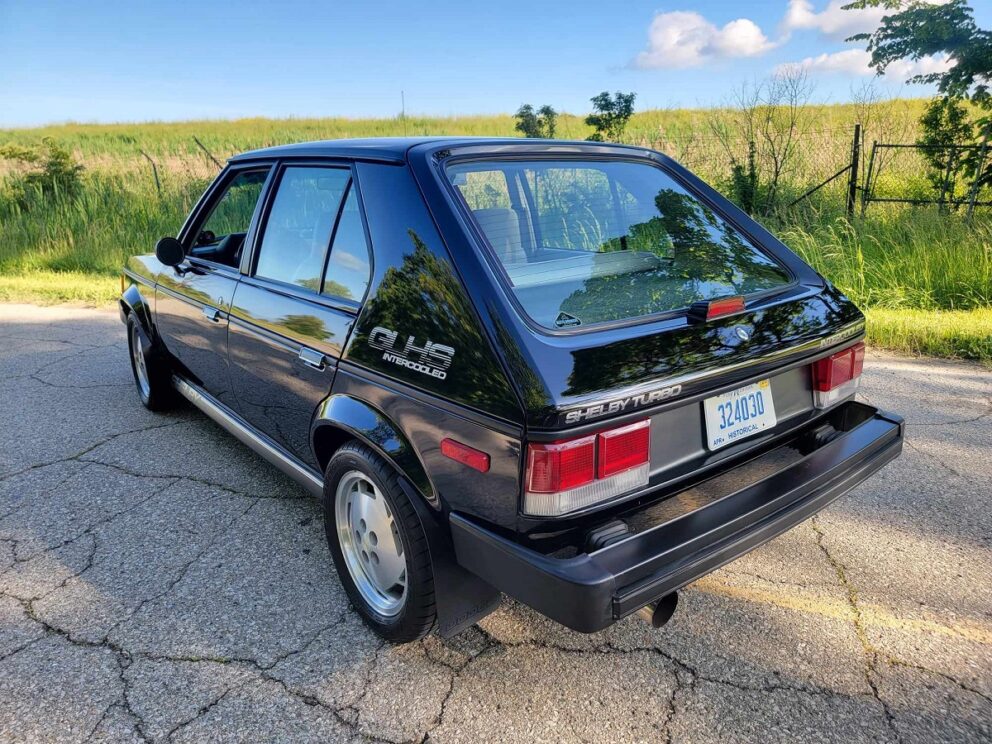
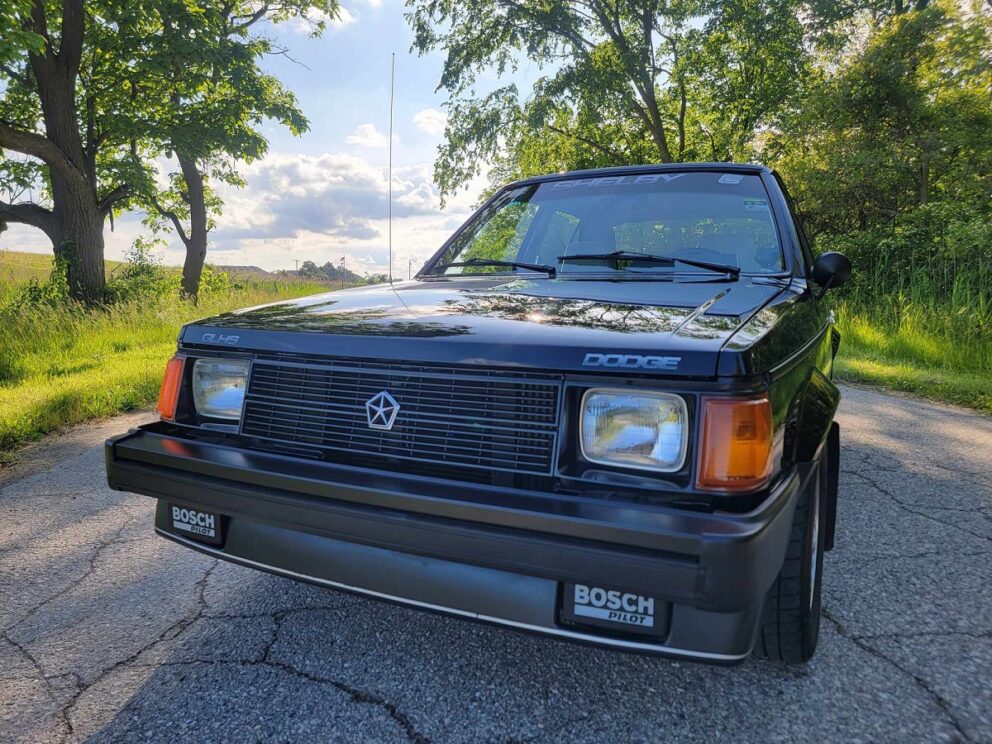

Anthony Prior bought his 1986 Dodge Omni GLH-S – #142 of 500 – from his godfather in 2016. The car needed to have the shift linkage repaired and it needed a new clutch, both of which were addressed shortly after acquiring the car. Prior also added a 3-inch exhaust system and the Mopar Super 60 upgrade kit that was offered by Mopar Performance – similar to the modern era Direct Connection stage kits. Since getting the car, he uses it strictly for car show duty and “spirited cruises”, and that is what he plans to continue doing with his pristine hot hatch.
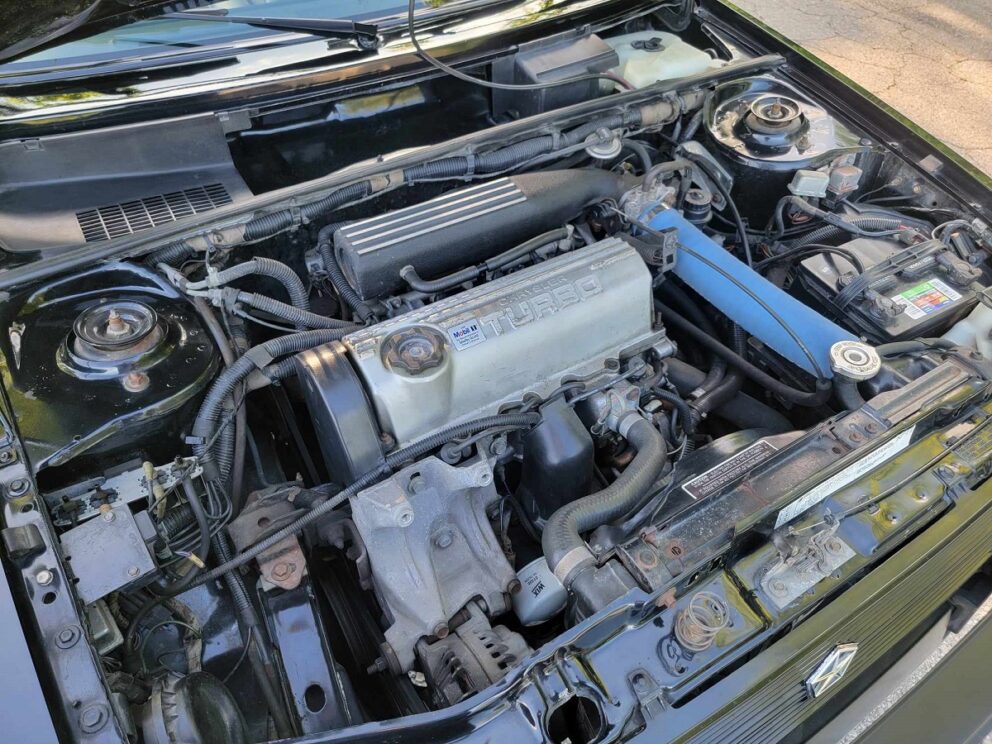
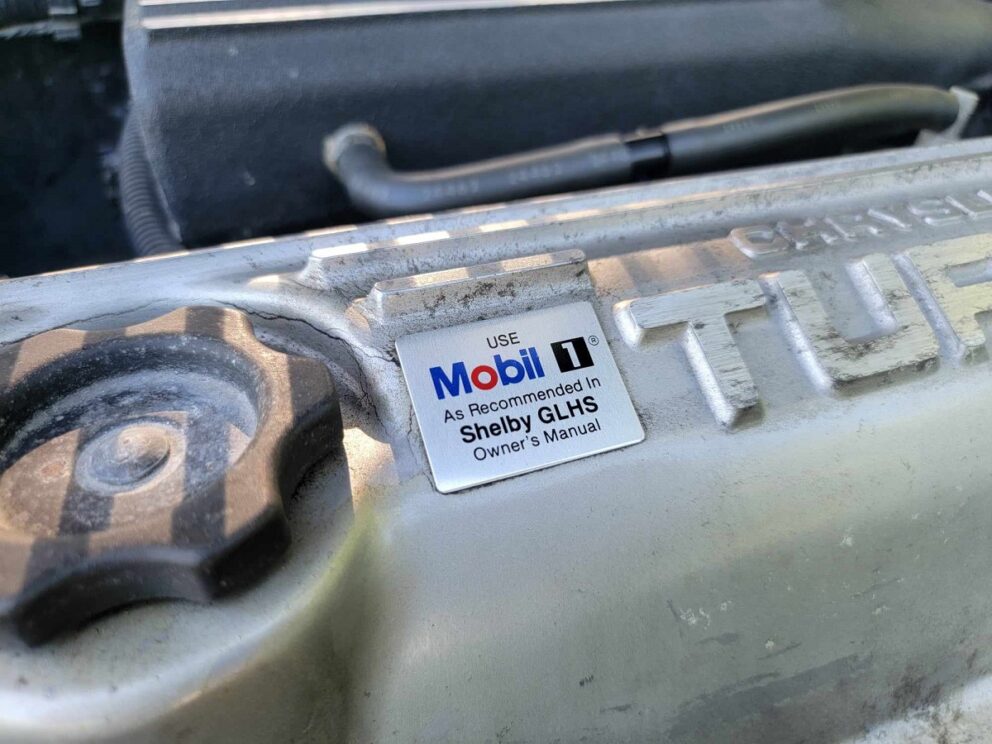
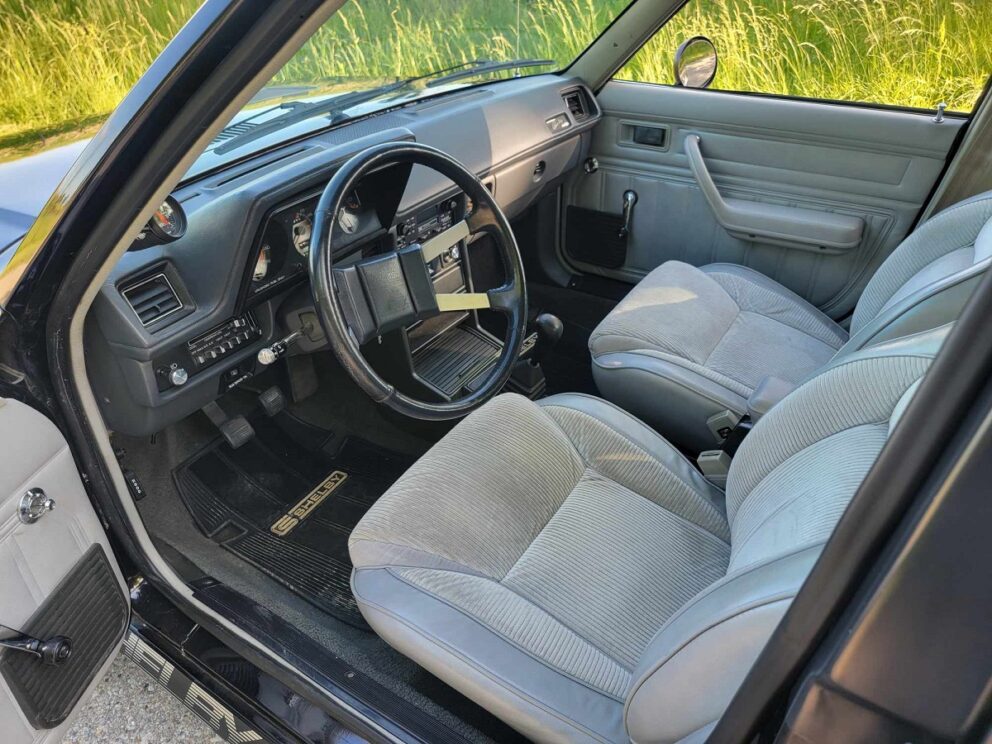
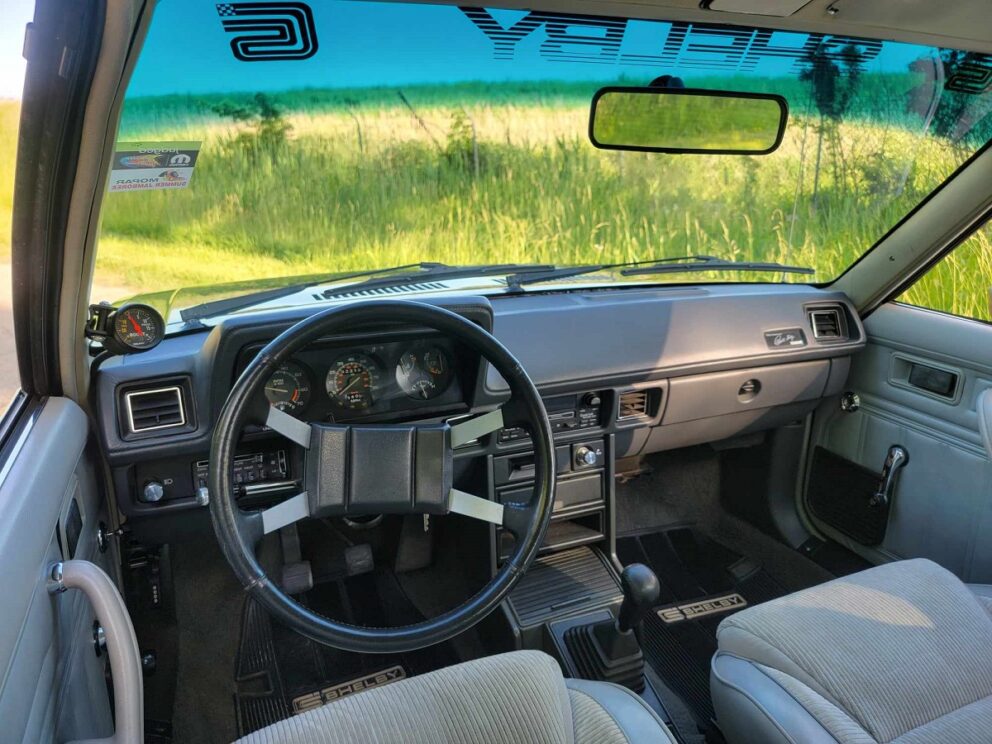
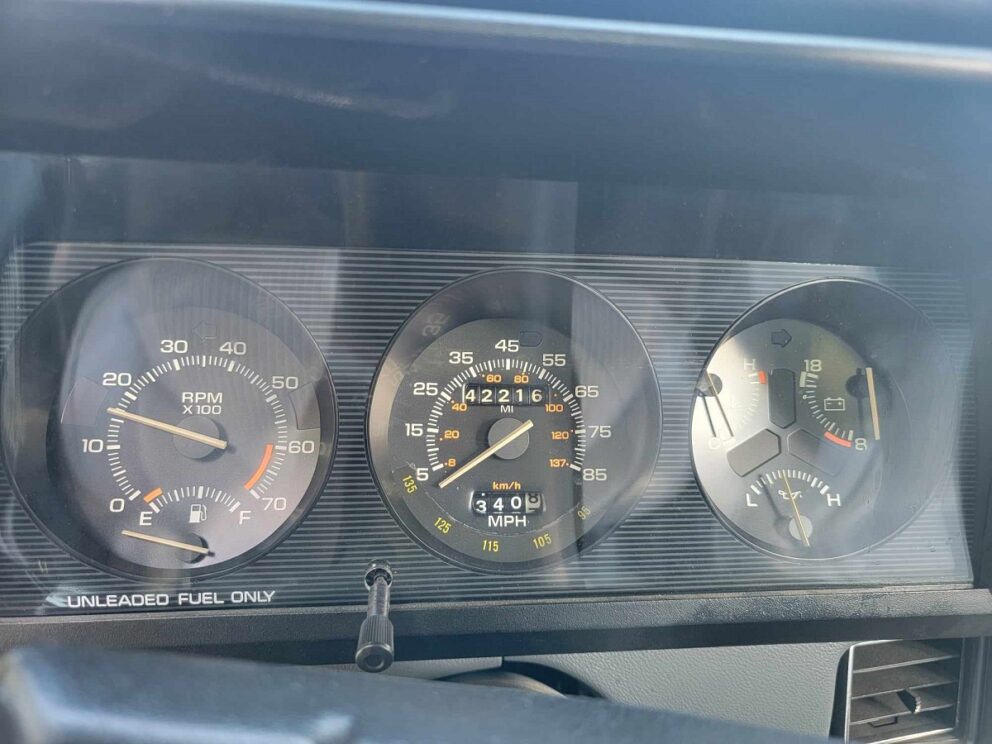
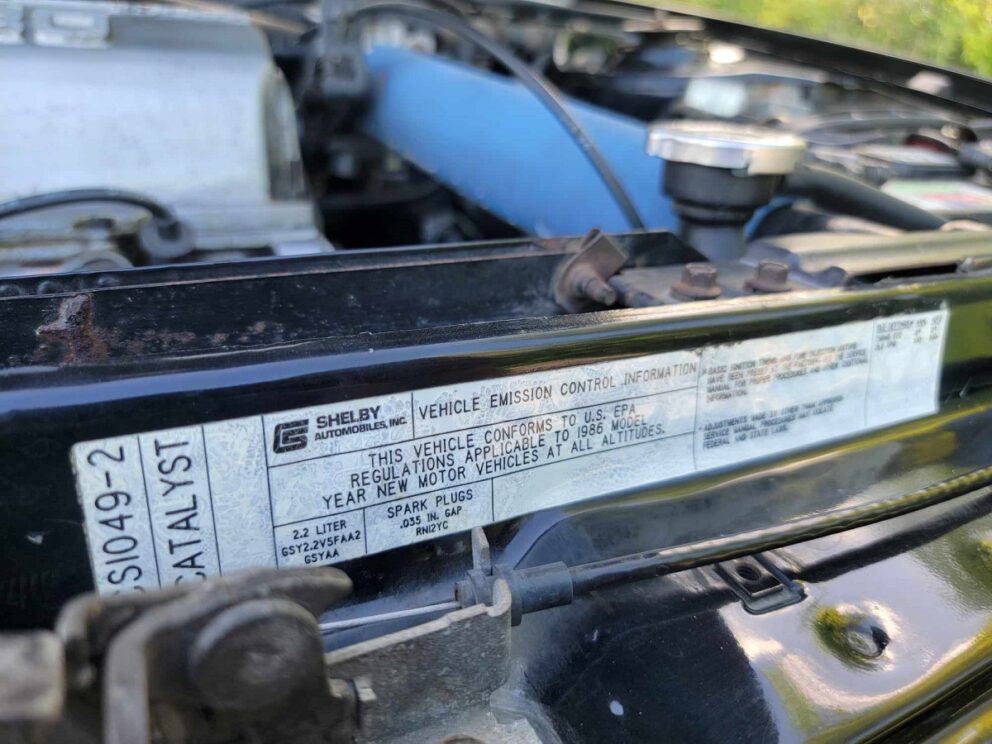
“This car was purchased by my godfather around 2012 and I have always loved how nice the car was. I began collecting turbo Dodges and wanted to add a quality GLH-S to my collection; this car fit the ticket perfectly. Due to a failed original shifter bushing, the car was parked for a few years before I was given the opportunity to buy it. At the time I was 18 years old.
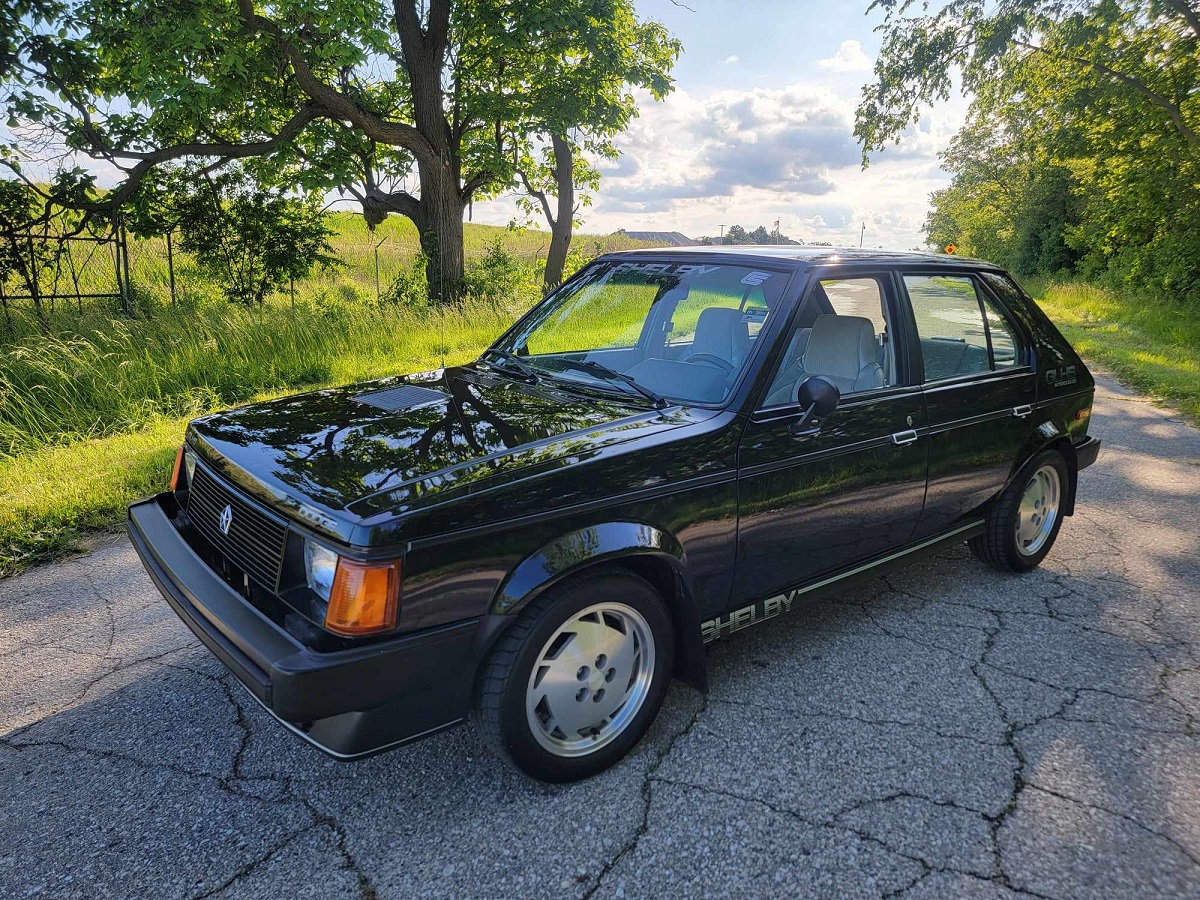
“Included with this car was a fitted cover that the original owner had made for the car as soon as he bought it new. All the original paper work and nearly every receipt or paper since the car was new has been saved. This car isn’t used for racing or abused, but I have other cars in my collection that are used for that. One of those cars in the #54 Shelby Charger that was raced by Team Shelby, that car was also at Autorama.”
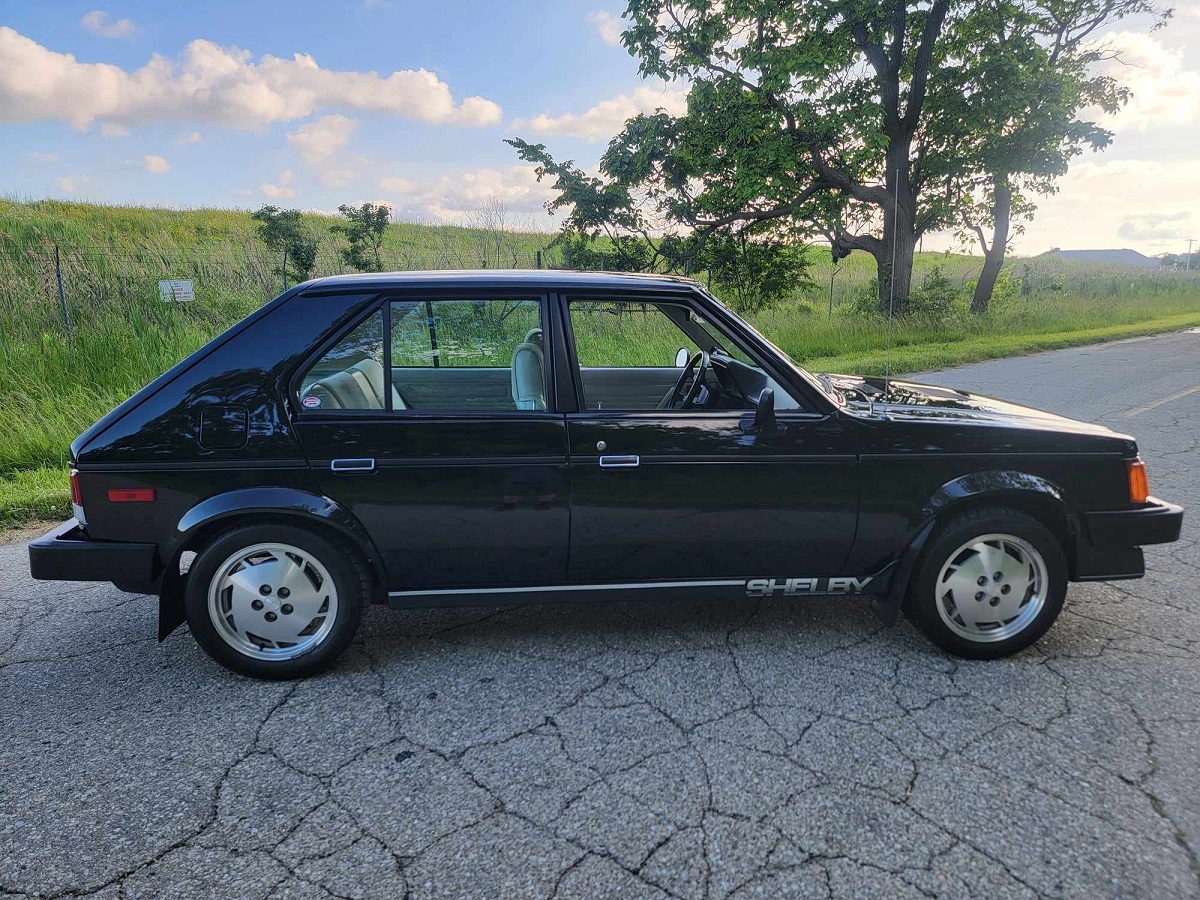
While the Dodge Omni GLH-S is rare, we know that car #142 is in good hands and will remain in collectible condition well into the future. Owners like Anthony Prior are helping to make sure that there are still some of these rare, ’80s Dodge turbo cars to display to future generations – providing Dodge Hornet owners with a glimpse into the inspiration behind Dodge’s latest hot hatchback.
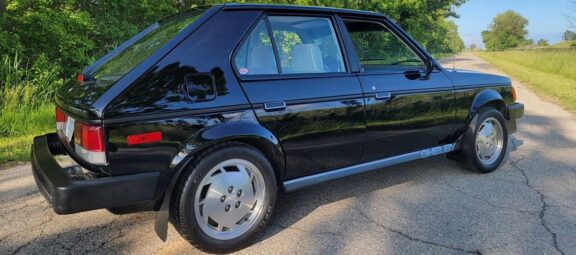
0 Comments